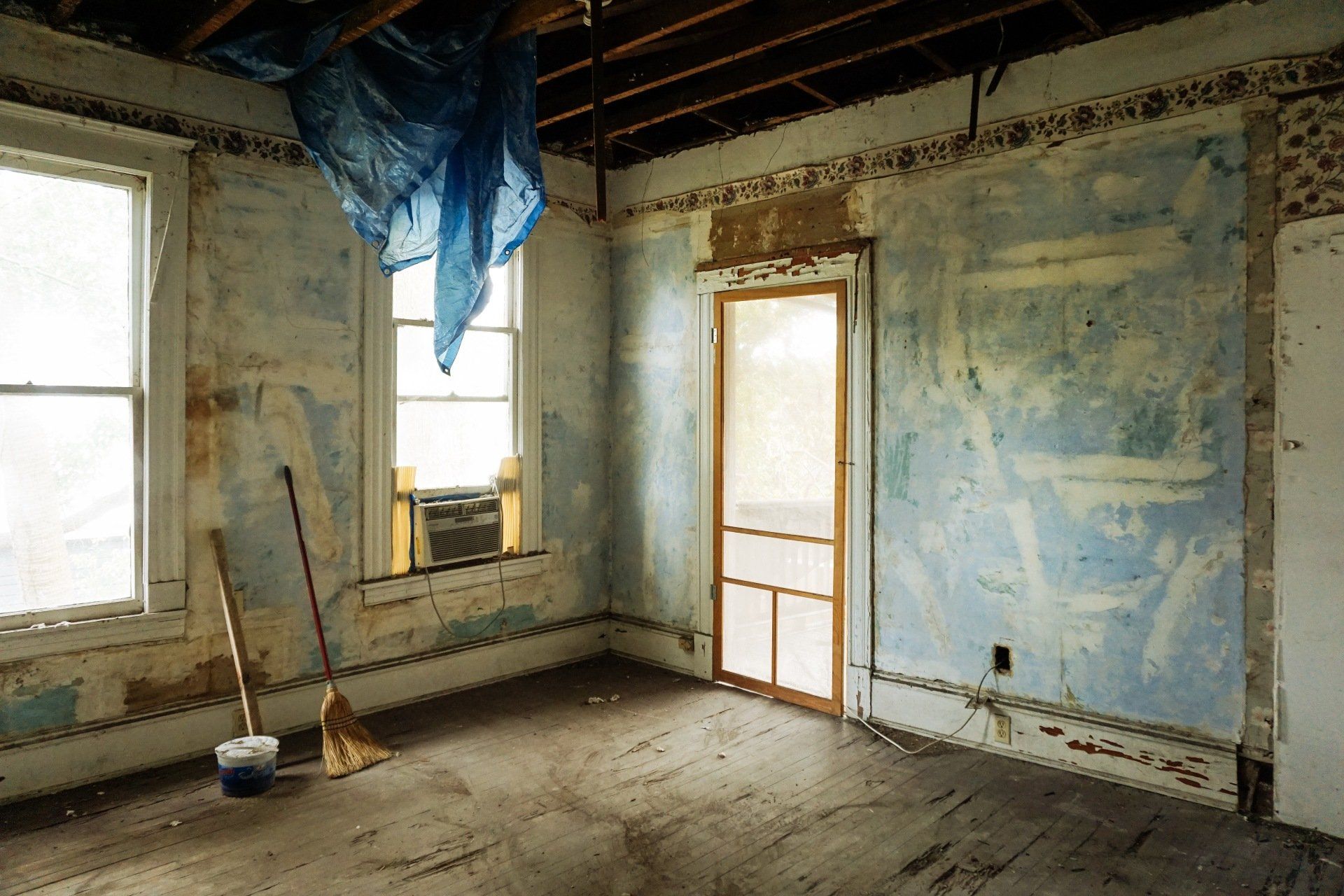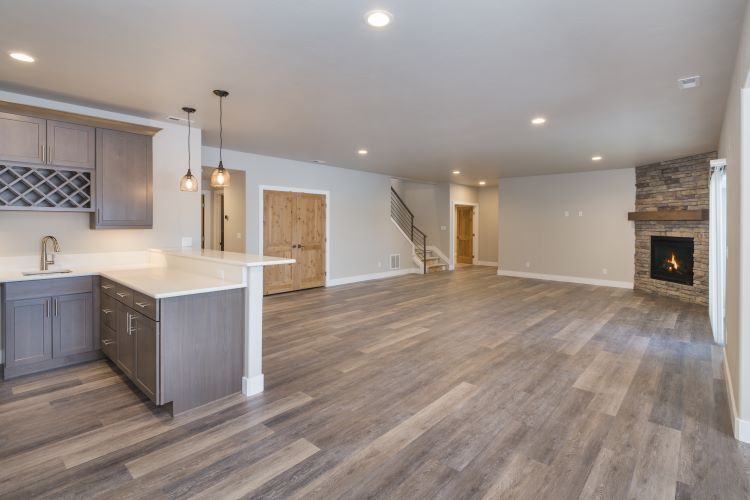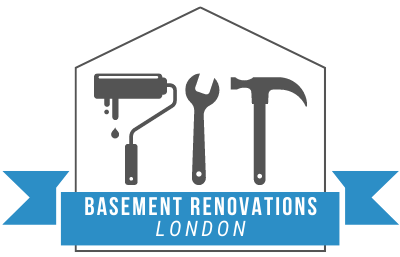What comes first in a home renovation?
Demolition!

All types of home renovations are different, but there are some common first steps that every project will start with. Whether you're renovating your kitchen, bathroom or your basement it always has to start with getting rid of the current space that's already there. It's important to remember that not all renovation projects are equal, not by a long shot. One project may only consist of renovating the vanity and walls of a bathroom, so a job like that would only require the removal the old vanity along with the sink and fixtures, then paint the walls and install the new vanity. Now compare that to a job where a whole kitchen is being renovated which would need all of the existing cabinetry to be removed along with all the appliances and fixtures.
So you can see how varying jobs require totally different levels of removing the existing structures that are in place prior to beginning any type of renovation, and the process of going through that stage of a job is call demolition.
The demo phase of a renovation is always the first step and lays the foundation for the rest of the job. This is when all of the old materials are removed from the space so that the new renovations can begin. This can be a big job if you're renovating an entire room, or a small one if you're only making some cosmetic changes. But no matter what, the demo is always the first step in any home renovation project.
There's a lot of different ways to complete a demo, especially depending on the type of reno project you're taking on so we'll cover some of the typical approaches to demoing a space.
The most common type of demo is a full gut, which is when everything in the space is removed including all the walls, ceilings, floors and any fixtures or built-ins that may be in place. This approach is often used when renovating an entire room like a kitchen or bathroom, or when starting from scratch on a basement build.
A partial gut is another approach to demoing a space and is often used when renovating an existing room but not making major changes to the layout. With a partial gut, you would remove some of the walls, ceiling, flooring or fixtures but not all of them. This approach is typically less invasive than a full gut and can save both time and money.
Finally, a cosmetic demo is the least invasive form of demo and is often used when making small changes to a room like painting, installing new light fixtures or updating cabinetry. With a cosmetic demo, you would only remove what's necessary to complete the project and nothing more.
So there you have it, the first step in any home renovation project is demolition. Whether you're gutting the space entirely or just making some cosmetic changes, demolition is always the first step in the process. From there, the sky's the limit!
At Basement Renovations London we've been working on various renovation projects for over ten years. We specialize in basements simply because we enjoy the scope of work that comes with renovating such a large space in homes, but our qualified contractors also have extensive experience in renovating bathrooms, kitchens and any other types of rooms inside your home.
If you've been contemplating a home renovation project and have some questions before getting started then feel free to reach out to us. We are always happy to answer any questions you may have, and we provide free estimates so you can get an idea of what your project may cost. Contact us today to get started on your home renovation journey!
You might also like




